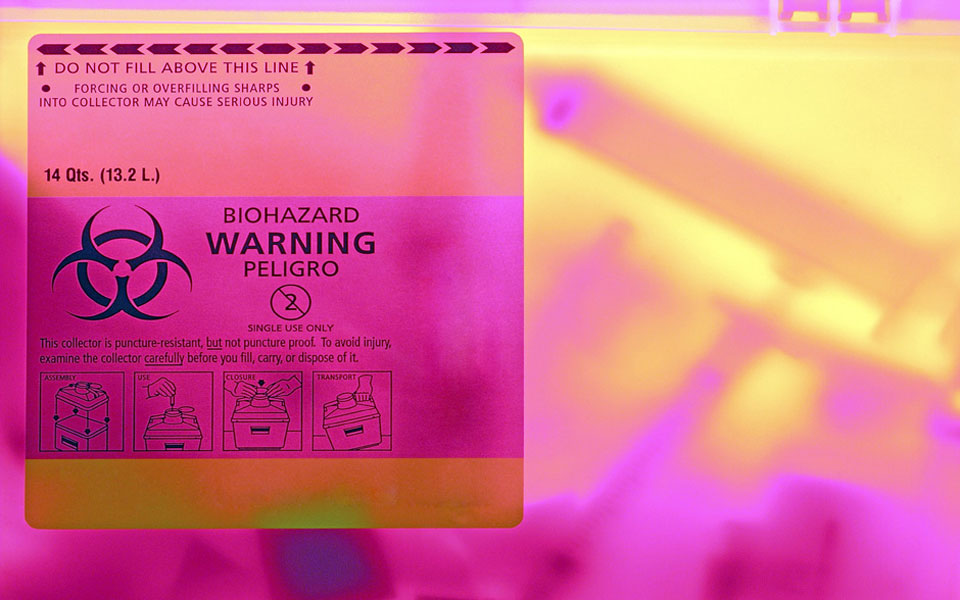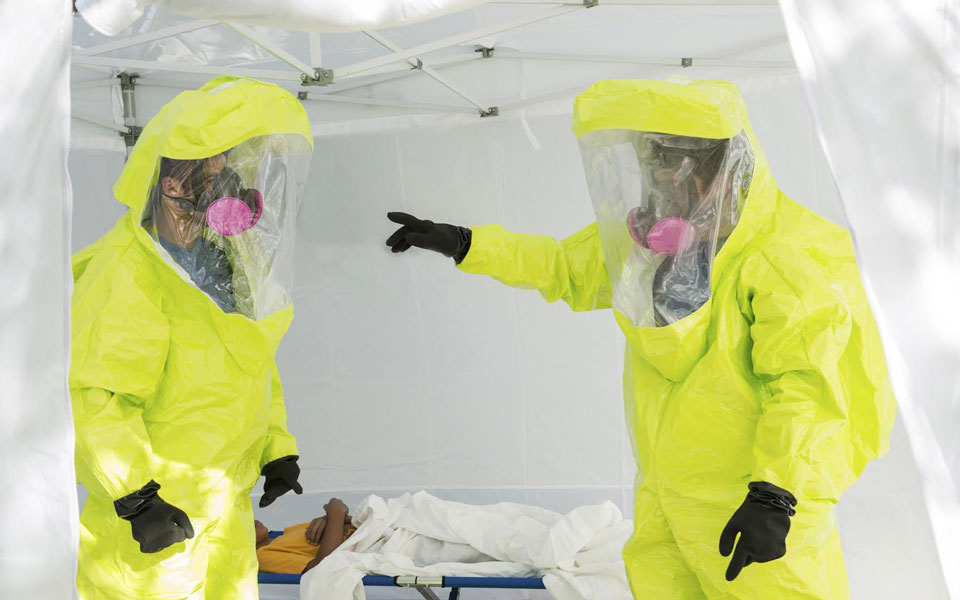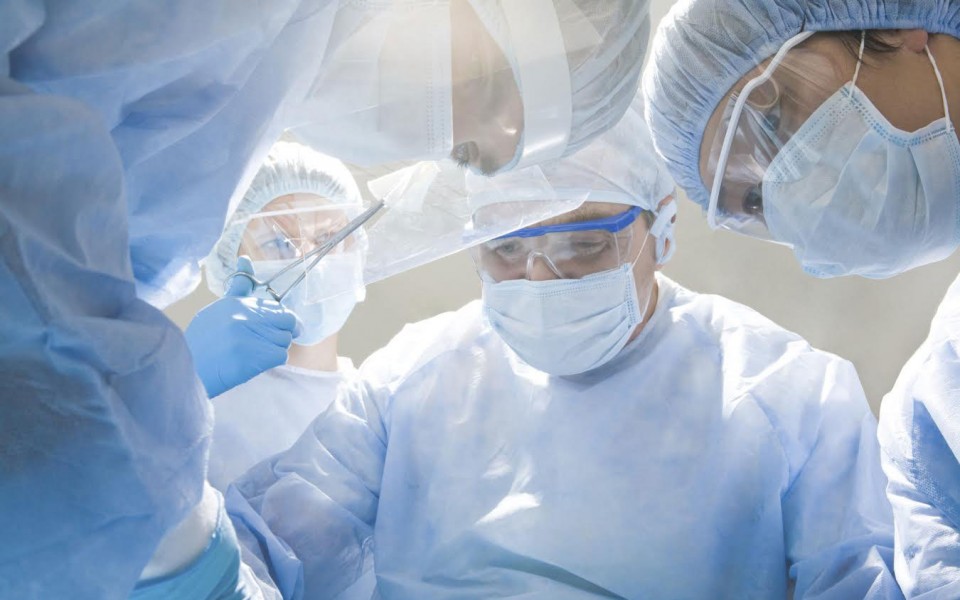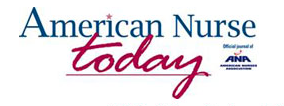Reduce Exposures
The Exposure Prevention Information Network surveillance system (EPINet) is a standardized system that gives healthcare facilities the tools to:
- Track occupational Sharp Object Injuries (SOI) & Blood and Body Fluid (BBF) incidents using our NEW 2018 forms
- Prevent occupational injuries and illnesses
- Reduce exposures to microorganisms that cause infectious disease, illness, and infection
- Reduce costs and improve quality
Support the Center
Hospitals and healthcare facilities seek ways to promote occupational safety and health.
The Center supports those efforts with the tools and expertise needed to reduce exposures to contaminated sharps and blood and body fluids.
Contact us to learn about the exclusive benefits we offer to those contributing to the Center as a sponsor, contributor, or partner.
We Can Help
At the Center, we have expertise in occupational safety and health, epidemiology, infectious disease, infection control, and data analysis. Our staff and faculty are available for the following:
- Free Technical Assistance for New and Current EPINet Users
- Speaking Engagements
- Consultation or Professional Support
- Analysis and Statistical Interpretation of EPINet Data
Continuing Education for Healthcare Professionals
The International Safety Center is committed to eliminating occupational illness and infection. To that end, we’re delighted to announce that The Center now offers online courses to ensure healthcare professionals like you remain safe and in compliance.
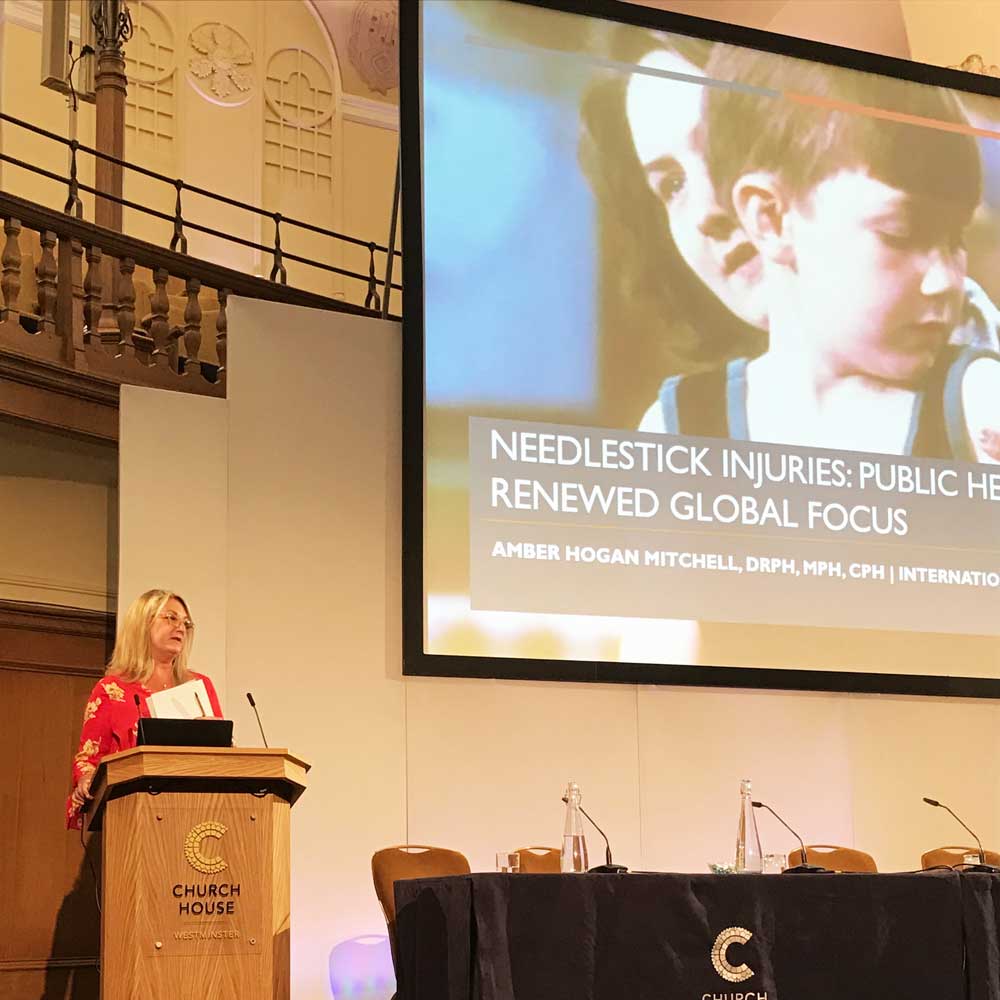
New TDICT Medical Device Evaluation Forms
The Center is thrilled to announce its formal partnership with TDICT. The Training for Development of Innovative Control Technologies (TDICT) Project is a collaborative effort of frontline healthcare workers, product designers, and industrial hygienists dedicated to preventing exposure to blood through better design and evaluation of medical devices and equipment. Visit the newly renovated site and download the Sharps Injury Prevention device evaluation forms today. TDICT forms are built to help your facility comply with the requirements of the OSHA Bloodborne Pathogens Standard.
Safety & Health News
New! Stanford Medical Center Sharps Safety Doodle Video
Zika Transmitted Via Needlestick in Research Lab
New Reports on Contaminated Sharps Injuries Among Healthcare Workers in Texas: 2013
Using Safer Devices, Following Hierarchy of Controls Can Cut Sharps Injuries
Center News & Press Releases
Grant from B.Braun to Expand EPINet to Include Hazardous Drugs
New Center Research & Publications
Two new Safety Center collaborations with American Nurse Today! One on the importance of protecting your eyes and one on the impact of insulin injection on sharps injuries.
Splash Safety – Protecting Your Eyes (Part 1), American Nurse Today
Splash Safety – Protecting Your Eyes (Part 2), American Nurse Today
Changing Injury Trends Related to Diabetes and Insulin Injection (Part 1), American Nurse Today
Building Programs to Reduce Sharps Injuries from Insulin Injection (Part 2), American Nurse Today
Comparing non-safety with safety device sharps injury incidence data from two different occupational surveillance systems

